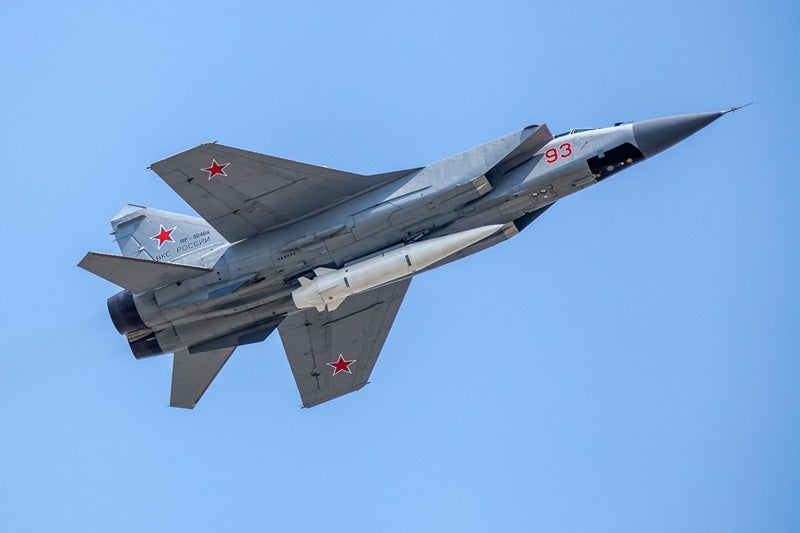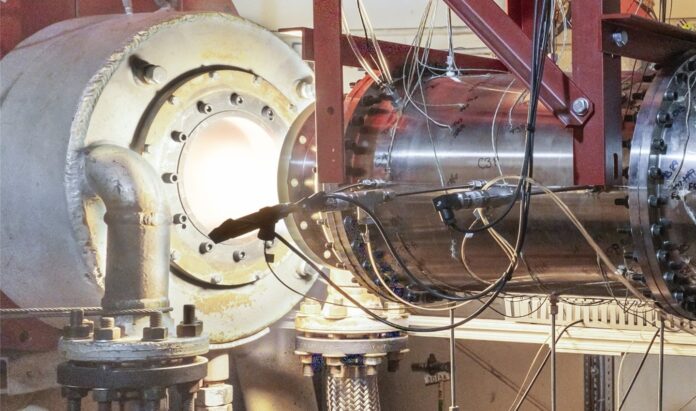Britain has explored several design variations for hypersonic propulsion which will go on to power a future cruise missile.
After 233 static tests over the course of six weeks, the UK Ministry of Defence confirmed that a team of American and British scientists tested a high-speed, air-breathing engine at the NASA Langley Research Centre in Virginia.
The tests spanned the the full flight Mach number range from supersonic to hypersonic speeds, validating the strength of the engine design and paving the way for future upgrades.
However, details of these future updates remain sensitive; an MoD spokesperson told Army Technology that “this is an ongoing research programme with testing and outcomes currently under evaluation.”
Limited progress
Hypersonic weapons are an emerging capability designed to outmatch current defences. However, technical problems hinder progress in the nascent sector, such as atmospheric heating and manoeuvrability at such high speeds.
In November 2024, Nato set up an activity to construct a common synthetic environment to simulate and model hypersonic systems. “You cannot always conduct real experiments,” a Nato technical specialist told Army Technology, “we use simulation to get an understanding [of] what hypersonic threats really involve, what the physical aspects are… the different stresses on the vehicle.”
Russia has purportedly developed hypersonic missiles – the Kinzhal ballistic and Zircon cruise missiles – that have been deployed against Ukraine. Although, these weapons are not ‘hypersonic’ in the strictest sense as they cannot manoeuvre mid-flight and as a result, Ukraine is said to have intercepted them with existing air defence equipment.

Joint testing persists despite tariff agenda
UK Defence Science and Technology Laboratory (Dstl) worked with the US Air Force Research Laboratory, one of many instances to come of joint work on hypersonics.
In November 2024, the trilateral AUKUS alliance confirmed that developments in hypersonics will come under the Pillar II initiative, whereby Australia, the UK and US incorportate their sovereign programmes to conduct joint flight tests – as many as six tests by 2028.
At present, it is uncertain whether the transfer of parts and systems in joint endeavours will be subject to inflation from US tariffs. Speaking on condition of anonymity, sources at UK defence companies said that they were still assessing how the tariffs would impact their operations.
Under the former Biden administration, in August 2024, some exemptions were instituted among the three partners when it came to mutual export controls, such as the US ITAR regulations on the transfer of defence-related systems.



